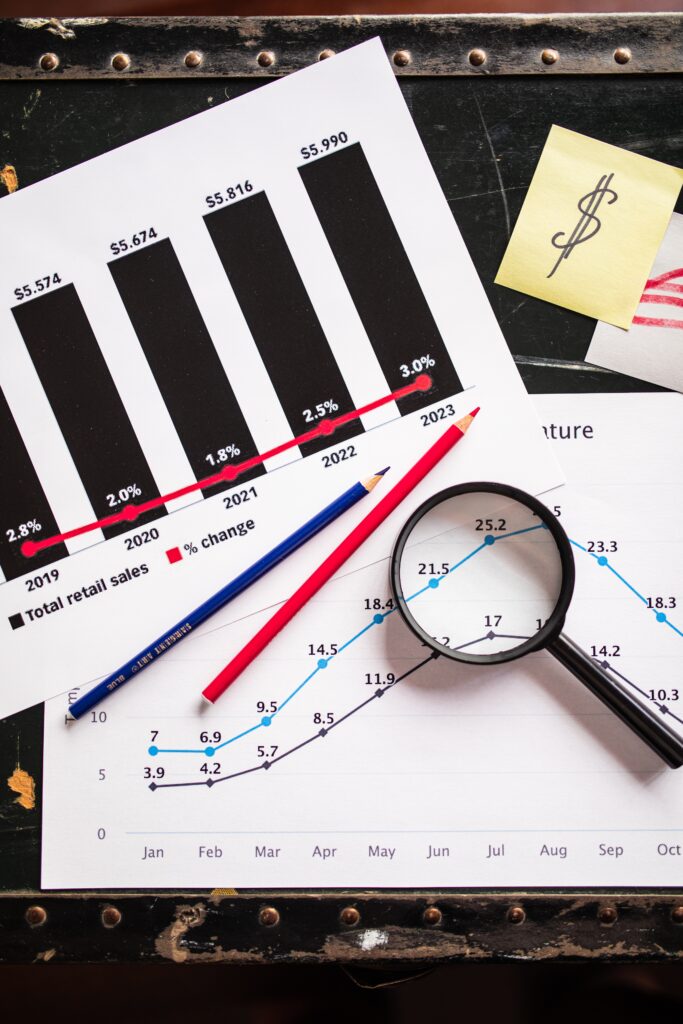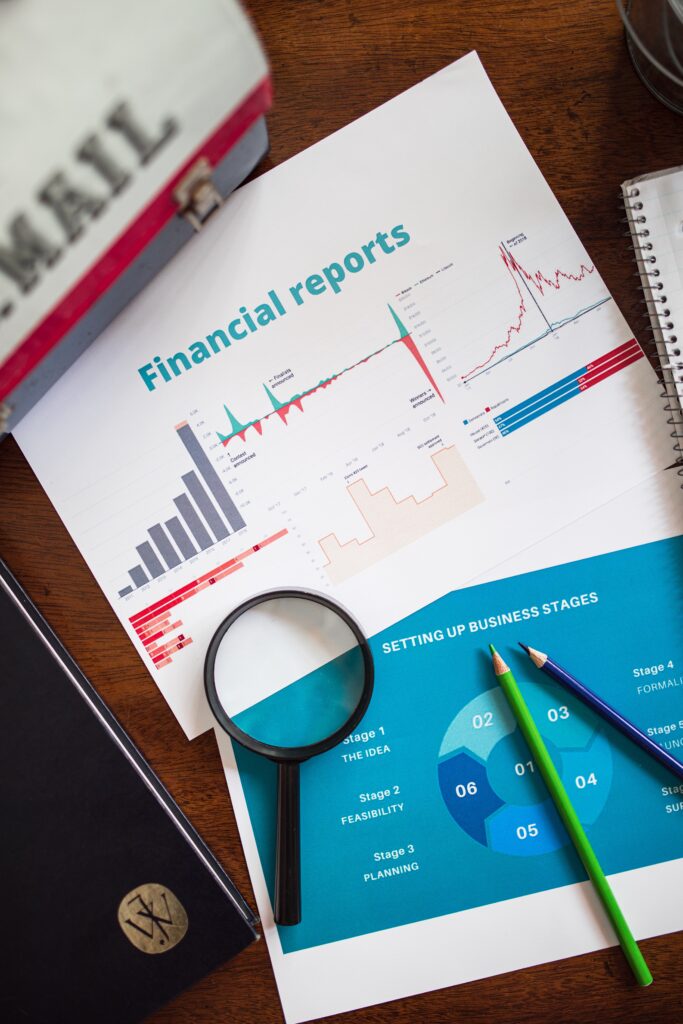Table of Contents
Introduction to Dashboard vs Scorecard vs Report
In the current business landscape, companies produce vast amounts of data every day. This data can be a valuable resource, but it can also be challenging to analyze and comprehend. To tackle this issue, data visualization tools can assist businesses in transforming their data into valuable insights. It can also facilitate decision-making and improve performance.
Scorecards and dashboards are two of the most commonly used data visualization tools, with reports being another crucial tool. This article aims to highlight the difference between Dashboard vs Scorecard vs Report and provide guidance on selecting the most suitable one for your business requirements.
Scorecards
Scorecards provide a simple and straightforward way to keep track of how well a business is doing in a few key areas. They are visual tools that display important metrics or KPIs on one page, making it easy to see how performance is trending. Scorecards are especially useful when tracking just a handful of metrics, as they offer a quick and clear overview of how things are going.


With scorecards, it’s easy to spot patterns and trends in performance over time, so businesses can make informed decisions and adjust their strategies as needed. For example, a marketing team might use a scorecard to track website traffic and conversion rates. By keeping an eye on these metrics through a scorecard, they can quickly identify issues and take corrective action to improve their online presence.
Overall, scorecards are a great choice for businesses that want to stay focused on a few key metrics and get a clear picture of their performance at a glance. They’re a helpful tool for managers and teams to keep everyone on the same page and ensure that goals are being met.
Recommended Reading: Revolutionize Your Productivity: 5 Free and Low-Cost Alternatives to Microsoft Office in 2023
Dashboards
Dashboards are a powerful tool for visualizing and analyzing data. They offer a more comprehensive view of data compared to scorecards, displaying a large amount of data in one place. Dashboards are interactive and allow users to dig deeper into the data to uncover insights. They provide real-time updates, making them ideal for businesses that require up-to-date information to make informed decisions. Businesses can use dashboards to track a range of KPIs, including social media engagement, website traffic, customer satisfaction, or employee performance.


Dashboards are particularly useful for businesses that need to monitor a lot of data regularly. They enable users to quickly spot areas that require attention and take action to address them. For example, a marketing manager could use a dashboard to track the performance of their marketing campaigns. The dashboard would display key metrics such as website traffic, conversion rates, and social media engagement. By drilling down into specific data points, the marketing manager could identify the best-performing marketing channels and adjust their strategy accordingly.
Reports
Reports are a way to present data and insights in a written or visual format. They offer a more detailed analysis of data compared to scorecards & dashboards, making them useful for businesses that need to share insights with stakeholders or make data-driven decisions. It can focus on a specific topic, such as financial performance, customer behavior or market trends.


Reports can be an effective tool for businesses that need to share data and insights with stakeholders or make informed decisions. They provide a detailed analysis of data that allows users to understand trends and patterns over time. For example, a financial analyst might create a report to show the financial performance of a company over the past year. The report could include metrics such as revenue, profit margins, expenses and more. It would also offer an analysis of the data, including trends and insights that could inform business decisions.
Choosing the Right Tool
The selection of the appropriate data visualization tool is determined by the requirements of your business. If you need to monitor a few KPIs and present a brief performance view, a scorecard is suitable. A dashboard is best for examining a considerable amount of data and presenting real-time insights, while reports are preferred for comprehensive data analysis or sharing insights with stakeholders.


To decide which tool to use, it is important to evaluate your business’s specific objectives and needs. Consider the following factors:
Data complexity
The complexity of the data you need to analyze should determine the tool to use. A scorecard is sufficient if you have a small number of KPIs, while a dashboard may be more appropriate for a vast amount of data.
Data frequency: If you need real-time updates, a dashboard is the best choice. However, if you only need to update the data periodically, a scorecard or report may be more appropriate.
Audience
The data visualization tool used should be based on the audience. If you need to share data with stakeholders who require detailed analysis, a report is the best choice. If you need to provide quick updates to your team, a dashboard or scorecard may be more appropriate.
Accessibility
The data’s accessibility also matters, and dashboards and scorecards are often web-based, allowing remote access. Sharing reports online may also pose accessibility and navigation challenges.
Customization
The flexibility of visual design and data layout should also be considered. Dashboards often offer more customization options, enabling you to customize the data visualization to your specific requirements.
Sometimes, the best option is to use a combination of tools. A business can use a scorecard to track a few KPIs. A dashboard can help in monitoring real-time performance. Additionally, a report can provide a comprehensive analysis to stakeholders.
Conclusion
Scorecards, dashboards, and reports are all essential data visualization tools that can help businesses make informed decisions. You can choose the right tool for valuable insights by understanding tool differences & considering business needs. Remember to consider factors such as data complexity, frequency, audience, accessibility, and customization when selecting a data visualization tool. With the right tool in hand, you can drive success for your business and make data-driven decisions that lead to improved performance.
References for Dashboard vs Scorecard vs Report:
- Klipfolio explains the distinction between scorecards and dashboards in their article “Scorecard vs Dashboard: What’s the Difference?” available at : https://www.klipfolio.com/resources/articles/scorecard-vs-dashboard
- Sisense provides a definition of business intelligence reports on their website at : https://www.sisense.com/glossary/report/
- The Dashboard Spy offers a comprehensive guide to selecting the appropriate tool among dashboards, reports, and scorecards in their article “Dashboard vs Report vs Scorecard: The Ultimate Guide to Choosing the Right Tool” which can be found at : https://dashboardspy.com/dashboard-vs-report-vs-scorecard-the-ultimate-guide-to-choosing-the-right-tool/






